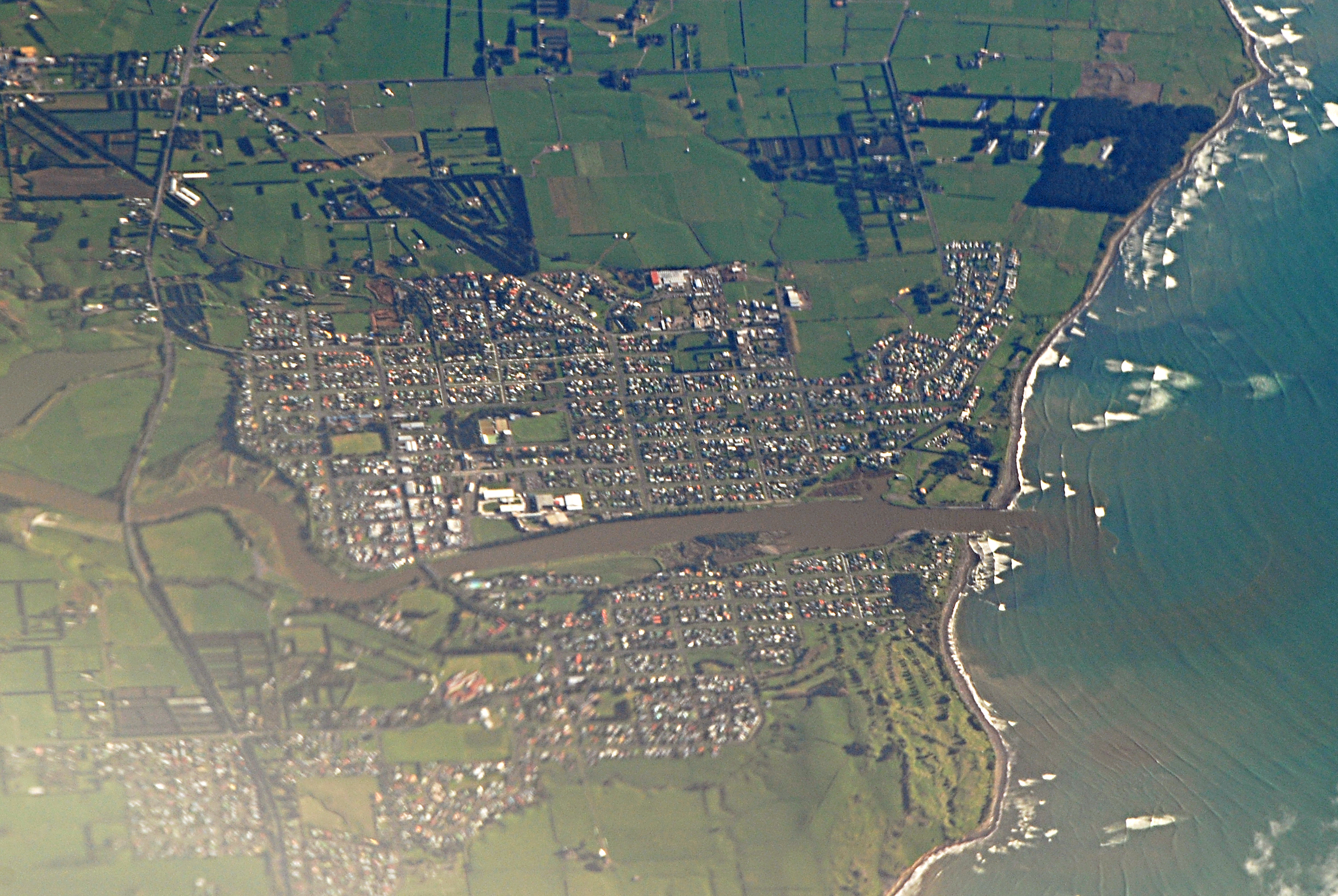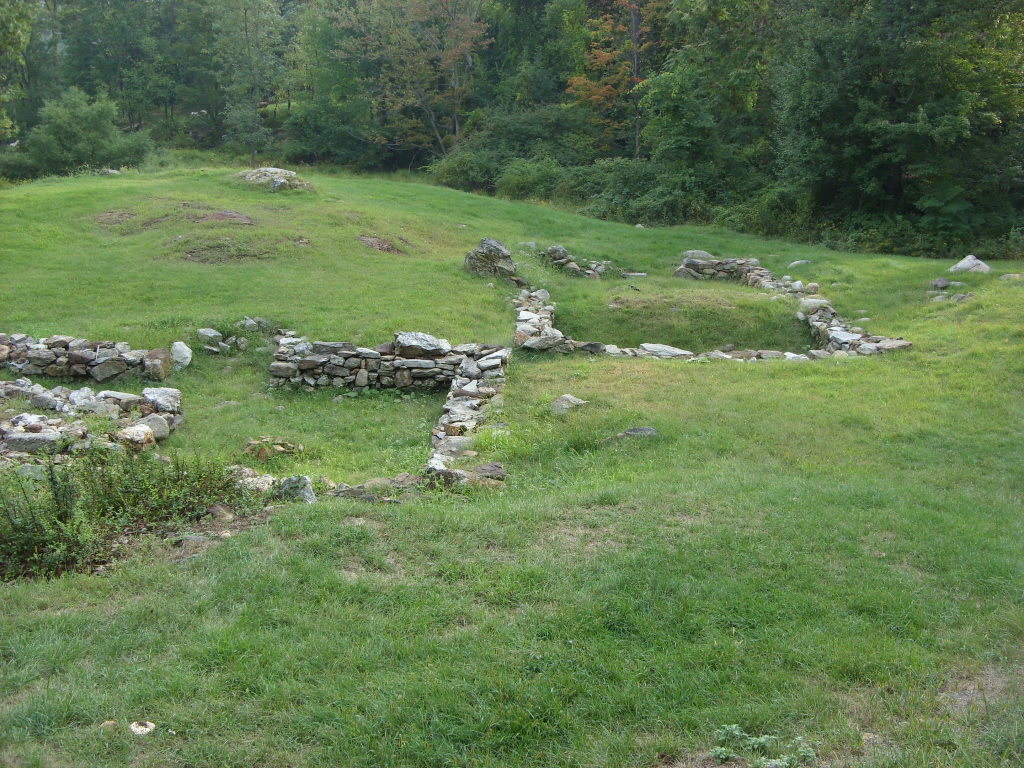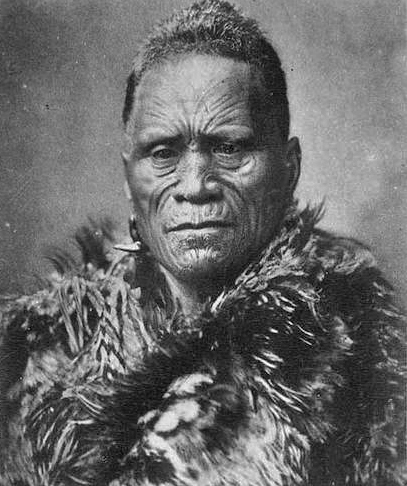|
New Zealand Land Wars Victoria Cross Recipients
The Victoria Cross (VC) was awarded to 15 recipients for action during the New Zealand Wars. The VC is a military decoration awarded for valour "in the face of the enemy" to members of armed forces of some Commonwealth countries and previous British Empire territories. It takes precedence over all other orders, decorations and medals; it may be awarded to a person of any rank in any service and to civilians under military command. The award was officially constituted when Queen Victoria issued a warrant under the Royal sign-manual on 29 January 1856, which was gazetted on 5 February 1856.Ashcroft, Michael; Preface to Victoria Cross Heroes The Gazette publishing the original Royal Warrant The order was backdated to 1854 to recognise acts of valour during the Crimean War. Originally, the VC was not available to colonial troops, even if under British command, but this changed in 1867. The extension was made following a recommendation for gallantry regarding colonial soldi ... [...More Info...] [...Related Items...] OR: [Wikipedia] [Google] [Baidu] |
Waikato-Hauhau Māori War
The Invasion of the Waikato became the largest and most important campaign of the 19th-century New Zealand Wars. Hostilities took place in the North Island of New Zealand between the military forces of the colonial government and a federation of Māori tribes known as the Kingitanga Movement. The Waikato is a territorial region with a northern boundary somewhat south of the present-day city of Auckland. The campaign lasted for nine months, from July 1863 to April 1864. The invasion was aimed at crushing Kingite power (which European settlers saw as a threat to colonial authority) and also at driving Waikato Māori from their territory in readiness for occupation and settlement by European colonists. The campaign was fought by a peak of about 14,000 Imperial and colonial troops and about 4,000 Māori warriors drawn from more than half the major North Island tribal groups. Plans for the invasion were drawn up at the close of the First Taranaki War in 1861 but the Colonial Off ... [...More Info...] [...Related Items...] OR: [Wikipedia] [Google] [Baidu] |
Tauranga
Tauranga () is a coastal city in the Bay of Plenty region and the fifth most populous city of New Zealand, with an urban population of , or roughly 3% of the national population. It was settled by Māori late in the 13th century, colonised by Europeans in the early 19th century, and was constituted as a city in 1963. The city lies in the north-western corner of the Bay of Plenty, on the south-eastern edge of Tauranga Harbour. The city extends over an area of , and encompasses the communities of Bethlehem, on the south-western outskirts of the city; Greerton, on the southern outskirts of the city; Matua, west of the central city overlooking Tauranga Harbour; Maungatapu; Mount Maunganui, located north of the central city across the harbour facing the Bay of Plenty; Otūmoetai; Papamoa, Tauranga's largest suburb, located on the Bay of Plenty; Tauranga City; Tauranga South; and Welcome Bay. Tauranga is one of New Zealand's main centres for business, international trade, cult ... [...More Info...] [...Related Items...] OR: [Wikipedia] [Google] [Baidu] |
Tauranga Campaign
The Tauranga campaign was a six-month-long armed conflict in New Zealand's Bay of Plenty in early 1864, and part of the New Zealand Wars that were fought over issues of land ownership and sovereignty. The campaign was a sequel to the invasion of Waikato, which aimed to crush the Māori King (Kingitanga) Movement that was viewed by the colonial government as a challenge to the supremacy of the British monarchy. British forces suffered a humiliating defeat in the Battle of Gate Pā on 29 April 1864, with 31 killed and 80 wounded despite outnumbering their Māori foe, but saved face seven weeks later by routing their enemy at the Battle of Te Ranga, in which more than 100 Māori were killed or fatally wounded, including their commander, Rawiri Puhirake. Background In late January 1864 British commander General Duncan Cameron—at the time still facing the intimidating Paterangi line of Māori defences in the Waikato campaign—despatched by sea an expedition to occupy Tauranga, ... [...More Info...] [...Related Items...] OR: [Wikipedia] [Google] [Baidu] |
Royal Artillery
The Royal Regiment of Artillery, commonly referred to as the Royal Artillery (RA) and colloquially known as "The Gunners", is one of two regiments that make up the artillery arm of the British Army. The Royal Regiment of Artillery comprises thirteen Regular Army regiments, King's Troop, Royal Horse Artillery, the King's Troop Royal Horse Artillery and five Army Reserve (United Kingdom), Army Reserve regiments. History Formation to 1799 Artillery was used by the English army as early as the Battle of Crécy in 1346, while Henry VIII established it as a semi-permanent function in the 16th century. Until the early 18th century, the majority of British regiments were raised for specific campaigns and disbanded on completion. An exception were gunners based at the Tower of London, Portsmouth and other forts around Britain, who were controlled by the Ordnance Office and stored and maintained equipment and provided personnel for field artillery Artillery is a class of heav ... [...More Info...] [...Related Items...] OR: [Wikipedia] [Google] [Baidu] |
Waitara, New Zealand
Waitara is a town in the northern part of the Taranaki region of the North Island of New Zealand. Waitara is located just off State Highway 3, northeast of New Plymouth. Waitara was the site of the outbreak of the Taranaki Wars in 1860 following the attempted purchase of land for British settlers from its Māori owners. Disputes over land that was subsequently confiscated by the Government continue to this day. The commonly accepted meaning of the name Waitara is "mountain stream", though Maori legend also states that it was originally Whai-tara—"path of the dart". In 1867 the settlement was named Raleigh, after Sir Walter Raleigh. It reverted to its former name with the establishment of the borough of Waitara in 1904. History and culture Early history Prior to European colonisation, Waitara lay on the main overland route between the Waikato and Taranaki districts. Vestiges of numerous pā on all strategic heights in the district indicate close settlement and closely ... [...More Info...] [...Related Items...] OR: [Wikipedia] [Google] [Baidu] |
40th Regiment Of Foot
The 40th (the 2nd Somersetshire) Regiment of Foot was an infantry regiment of the British Army, raised in 1717 in Annapolis Royal, Nova Scotia. Under the Childers Reforms it amalgamated with the 82nd Regiment of Foot (Prince of Wales's Volunteers) to form the Prince of Wales's Volunteers (South Lancashire Regiment) in 1881. History Formation The regiment was raised at Annapolis Royal in Nova Scotia by General Richard Philipps as the Richard Philipps's Regiment of Foot in August 1717 out of independent companies stationed in North America and the West Indies. Father Rale's War Prior to Father Rale's War, the Mi'kmaq responded to the establishment of a British fort at Canso, Nova Scotia by raiding the settlement's fishing station in 1720. Phillips sent a company of the 40th, under the command of Major Lawrence Armstrong, to take up garrison of a small fort in Canso built by a group of New England fishermen. The Mi'kmaq continued preying on nearby shipping, forcing th ... [...More Info...] [...Related Items...] OR: [Wikipedia] [Google] [Baidu] |
Second Taranaki War
The Second Taranaki War is a term used by some historians for the period of hostilities between Māori and the New Zealand Government in the Taranaki district of New Zealand between 1863 and 1866. The term is avoided by some historians, who either describe the conflicts as merely a series of West Coast campaigns that took place between the Taranaki War (1860–1861) and Titokowaru's War (1868–69), or an extension of the First Taranaki War. The conflict, which overlapped the wars in Waikato and Tauranga, was fuelled by a combination of factors: lingering Māori resentment over the sale of land at Waitara in 1860 and government delays in resolving the issue; a large-scale land confiscation policy launched by the government in late 1863; and the rise of the so-called Hauhau movement, an extremist part of the Pai Marire syncretic religion, which was strongly opposed to the alienation of Māori land and eager to strengthen Māori identity. The Hauhau movement became a unifying ... [...More Info...] [...Related Items...] OR: [Wikipedia] [Google] [Baidu] |
57th Regiment Of Foot
The 57th (West Middlesex) Regiment of Foot was a regiment of line infantry in the British Army, raised in 1755. Under the Childers Reforms it amalgamated with the 77th (East Middlesex) Regiment of Foot to form the Middlesex Regiment in 1881. History Early wars The regiment was raised in Somerset and Gloucester by Colonel John Arabin as the 59th Regiment of Foot in 1755 for service in the Seven Years' War. It was re-ranked as the 57th Regiment of Foot, following the disbandment of the existing 50th and 51st regiments, in 1756. The regiment, which originally operated as marines, was deployed to Gibraltar in 1757, to Menorca in 1763 and to Ireland in 1767.Warre, p. 30 It was dispatched to Charleston, South Carolina in February 1776 for service in the American Revolutionary War. The regiment saw action at the Battle of Long Island in August 1776 and stormed Fort Montgomery at the Battle of Forts Clinton and Montgomery in October 1777.Warre, p. 31 The regiment's light company t ... [...More Info...] [...Related Items...] OR: [Wikipedia] [Google] [Baidu] |
King Country
The King Country (Māori: ''Te Rohe Pōtae'' or ''Rohe Pōtae o Maniapoto'') is a region of the western North Island of New Zealand. It extends approximately from the Kawhia Harbour and the town of Otorohanga in the north to the upper reaches of the Whanganui River in the south, and from the Hauhungaroa and Rangitoto Ranges in the east to near the Tasman Sea in the west. It comprises hill country, large parts of which are forested. The region, albeit loosely defined, is very significant in New Zealand's history. The term "King Country" dates from the New Zealand Wars of the 1860s, when colonial forces invaded the Waikato and forces of the Māori King Movement withdrew south of what was called the ''aukati'', or boundary, a line of '' pa'' alongside the Puniu River near Kihikihi. Land behind the ''aukati'' remained native territory, with Europeans warned they crossed it under threat of death. Known for its rugged, rural roads and diverse landscape, the King Country has a warm cl ... [...More Info...] [...Related Items...] OR: [Wikipedia] [Google] [Baidu] |
Māori King Movement
The Māori King Movement, called the in Māori, is a movement that arose among some of the Māori (tribes) of New Zealand in the central North Island in the 1850s, to establish a role similar in status to that of the monarch of the British colonists, as a way of halting the alienation of Māori land. The Māori monarch technically operates in a non-constitutional capacity with no legal or judicial power within the New Zealand government, but nonetheless, is a major political and cultural figure in the country for many of its 5 million people, wielding significant lobbying power and . Reigning monarchs retain the position of paramount chief of several and wield some power over these, especially within Tainui. The current Māori monarch, Tūheitia Paki, was elected in 2006 and his official residence is Tūrongo House at Tūrangawaewae marae in the town of Ngāruawāhia. Tūheitia is the seventh monarch since the position was created and is the continuation of a dynasty th ... [...More Info...] [...Related Items...] OR: [Wikipedia] [Google] [Baidu] |
Tāwhiao
Tāwhiao (Tūkāroto Matutaera Pōtatau Te Wherowhero Tāwhiao; c. 1822 – 26 August 1894) was leader of the Waikato tribes, the second Māori King, and a religious figure. He was a member of the Ngati Mahuta (Hapū) of Waikato. Biography Tāwhiao's father, Te Wherowhero, was the leader of the Waikato people, and his mother, Whakaawi, was Te Wherowhero's senior wife. He was born around 1822. After the Waikato were defeated by musket-armed Ngāpuhi led by Hongi Hika in a battle at Matakitaki (Pirongia) in 1822, they retreated to Orongokoekoea Pā, in what is now the King Country, and lived there for several years. Tāwhiao was born at Orongokoekoea in about 1825 and was named Tūkāroto to commemorate, it is said, his father's stand at Matakitaki. Tūkāroto was later baptised Matutaera (Methuselah) by Anglican missionary Robert Burrows, but repudiated it in 1867. Te Ua Haumēne, the Hauhau prophet, gave him the name Tāwhiao in 1864. Tāwhiao was raised by his mother' ... [...More Info...] [...Related Items...] OR: [Wikipedia] [Google] [Baidu] |






